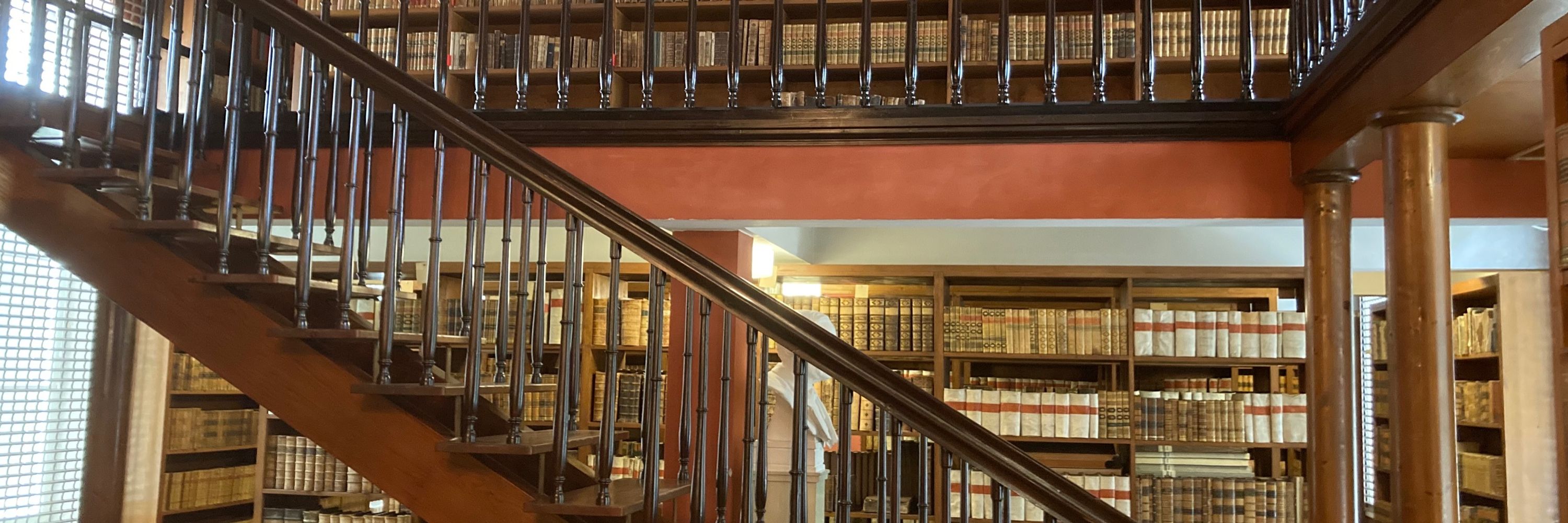Johan Schalin
@schaljoh.bsky.social
700 followers
350 following
620 posts
PhD, nordiska språk, phonology, etymologi, East Nordic, Finnic, lainasanatutkimus, dialektologi, diachronic linguistics, ortnamn/paikannimet, Northwest Semitic, Catalan.
#langsky
Posts
Media
Videos
Starter Packs
Pinned
Johan Schalin
@schaljoh.bsky.social
· May 17
Reposted by Johan Schalin
Reposted by Johan Schalin
Reposted by Johan Schalin
Reposted by Johan Schalin
Johan Schalin
@schaljoh.bsky.social
· Sep 5
Johan Schalin
@schaljoh.bsky.social
· Sep 5
Reposted by Johan Schalin
Johan Schalin
@schaljoh.bsky.social
· Sep 2
Johan Schalin
@schaljoh.bsky.social
· Sep 2
Johan Schalin
@schaljoh.bsky.social
· Aug 31

The twofold development of PIE *o in Greek, Italic and Celtic. As june of 2025
I consider that PIE *o split into /a/ and /o/ in Greek, Latin and Celtic, hence most of the /a/ vocalism can be derived from PIE *o regardless laryngeal coloring. I consider, contrary to the tradition...
academia.edu
Johan Schalin
@schaljoh.bsky.social
· Aug 30
Johan Schalin
@schaljoh.bsky.social
· Aug 30
Johan Schalin
@schaljoh.bsky.social
· Aug 30
Johan Schalin
@schaljoh.bsky.social
· Aug 30
Johan Schalin
@schaljoh.bsky.social
· Aug 30
Johan Schalin
@schaljoh.bsky.social
· Aug 29
Johan Schalin
@schaljoh.bsky.social
· Aug 29
Johan Schalin
@schaljoh.bsky.social
· Aug 27









